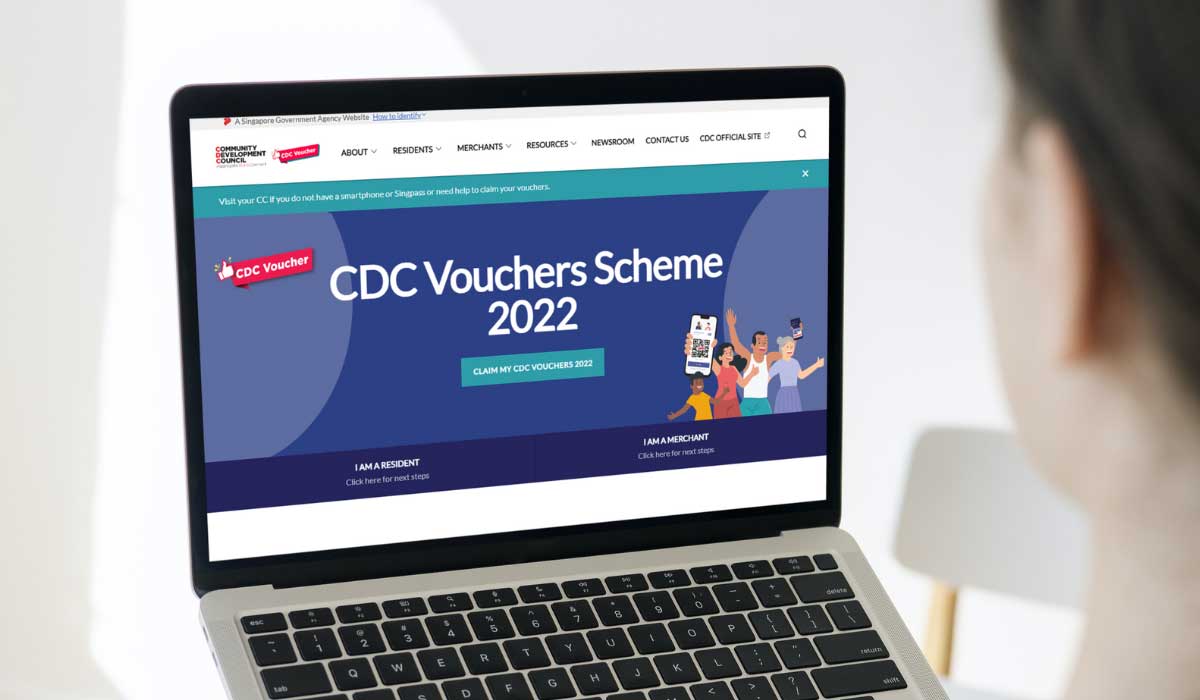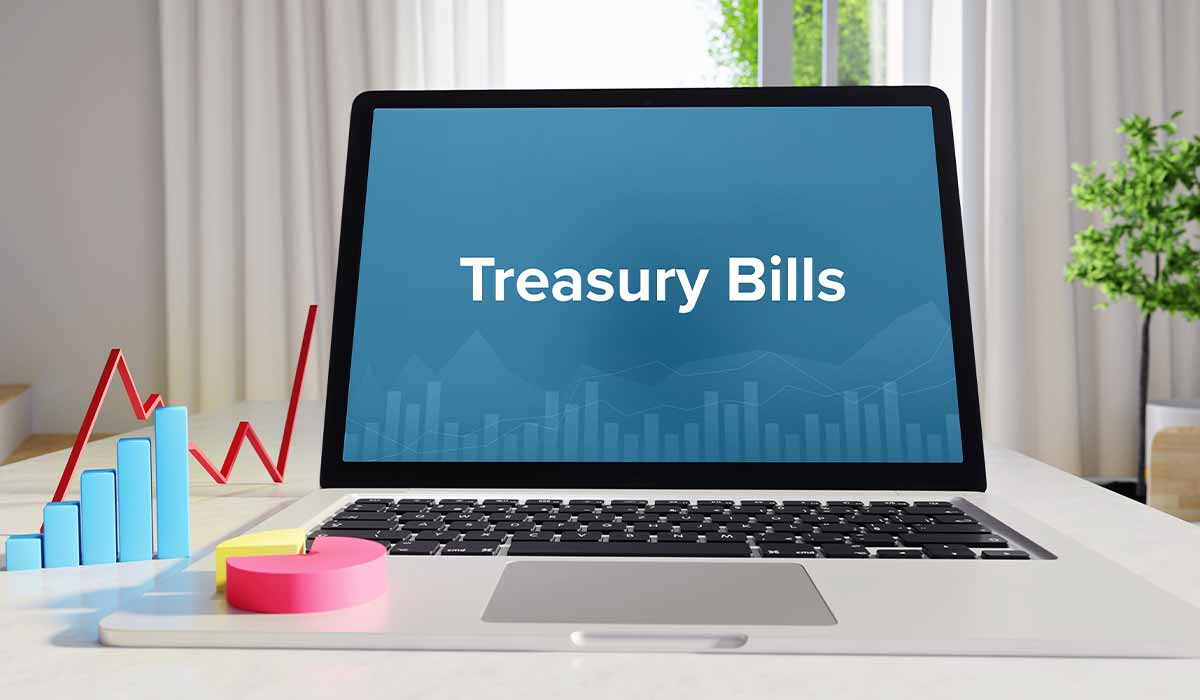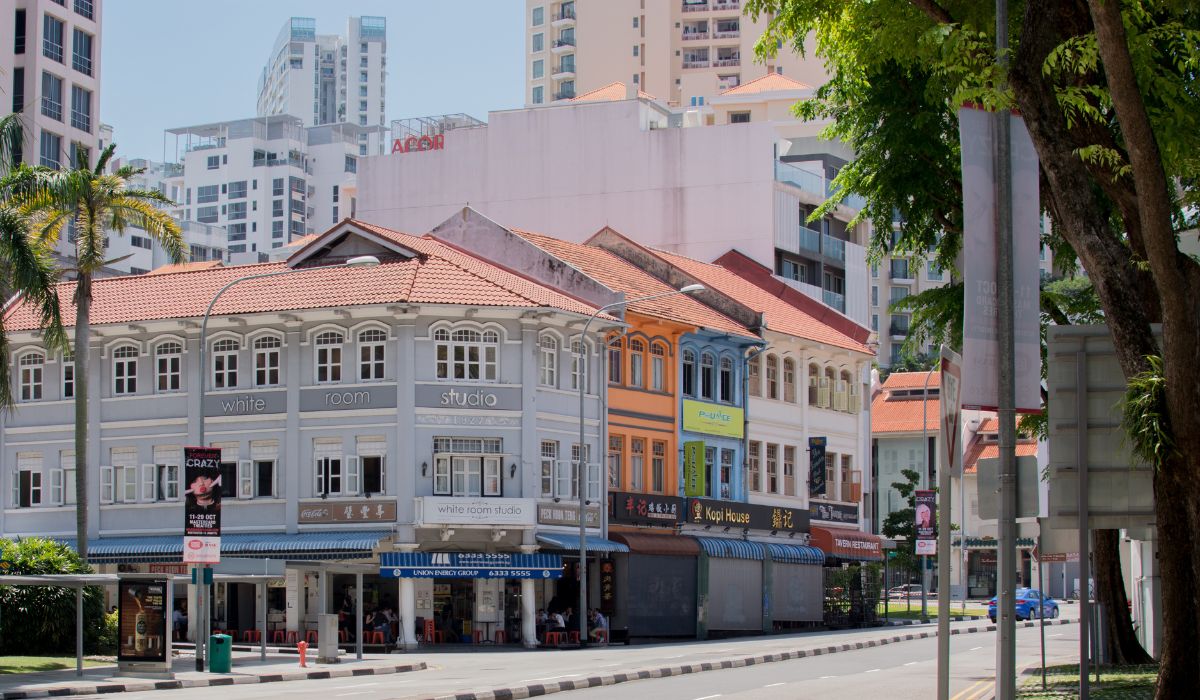This Tax-Relief Trick Will Help You Save Thousands Per Year
If you’re like millions of Singaporeans, you also dream of reducing your taxes. There are tons of ways you can do this. One of the easiest methods to offset your taxes is through your CPF contributions and top ups.
Before we proceed to this guide, keep in mind that regardless of your CPF tax relief, the S$80,000 personal tax relief cap still applies to the total amount of tax relief a person can claim each year.
Without further ado, let’s take a look at how much you can save each year from taxes through your CPF.
Here at OMY Singapore, you will discover the following:
- CPF Contribution Tax Relief: Mandatory Employee Contributions Automatically Qualify
- Tax Relief for Self Employed Individuals
- Tax Relief for Employees and Self-Employed Individuals
- Claiming Your Tax Relief
- CPF Top Up Tax Relief
- Is There a Limit for Cash Top-Ups?
- CPF Contribution Tax Relief for Employers
- Is CPF Taxable?
CPF Contribution Tax Relief: Mandatory Employee Contributions Automatically Qualify
All Singaporeans and PRs who make CPF contributions from their employment can qualify for CPF tax relief.
The amount of CPF relief is capped at the maximum mandatory CPF contribution, which is currently at S$6,000 per month for Ordinary Wage (up to S$72,000 per year), and S$102,000 minus the total Ordinary Wage subject to CPF for Additional Wage contributions. This is S$30,000 if the Ordinary Wage is maxed at S$72,000.
Tax Relief For Self Employed Individuals
| Year of Assessment | 2017 to 2022 |
|---|---|
| Net Trade Income Ceiling | S$102,000 (S$6,000 x 17 months) |
| CPF Contribution Rate | 37% |
| CPF Relief Cap | S$37,740 (37% x S$6,000 x 17 months) |
Source: IRAS
CPF Voluntary Contribution Tax Relief And Mandatory Medisave Contribution Tax Relief
For those who are self-employed, the CPF tax relief is applied to the mandatory MediSave contribution. There is also CPF voluntary contribution tax relief.
The tax relief is capped at the lower of 37% of the net trade income assessed, CPF relief cap of S$37,740, or the actual amount contributed.
If there is no assessable net trade income for the year, self-employed individuals cannot qualify for tax relief for MediSave or voluntary CPF contributions.
Tax Relief For Employees And Self-Employed Individuals
For those who are both employees and self-employed, it is possible to receive CPF relief from your mandatory CPF contributions as an employee, your voluntary CPF contributions, and your mandatory MediSave contributions as a self-employed individual.
If the total required contributions as an employee and the required MediSave contributions as a self-employed person is more than the relief cap for self-employed persons which is S$37,740, there will be no tax relief that will be allowed for the voluntary CPF contributions.
This is because the total contributions from being an employee, and the MediSave contributions have exceeded the relief cap for CPF. More From OMY: SG tax revenue up by 22.4% compared to previous financial year
Claiming Your Tax Relief
The CPF contribution tax relief is allowed based on the date of your payment. For instance, to claim the CPF voluntary contribution tax relief in the Year of Assessment 2022, you must make your contribution on or before 31 December 2022 so you can take advantage of the IRAS CPF relief.
If you’ve made contributions to your MediSave account or voluntary CPF contributions during the year, then the tax relief will automatically be allowed in the next year.
For those who are self-employed and an employee, they must make their MediSave contributions as a self-employed person separately.
Keep in mind that there will be no refund for the accepted voluntary CPF contributions so individuals must evaluate whether or not they will benefit from the IRAS CPF relief.
CPF Top Up Tax Relief
Singaporeans may also qualify for tax relief if they top up their accounts. This is thanks to the CPF Top Up Relief. If you’re wondering how to top up CPF for tax relief, it can only be done through cash.
This additional CPF relief only applies to those who go for cash top-ups either the MediSave top-ups or CPF Retirement Sum Topping-Up Scheme or RSTU.
For the MediSave top-ups, it is possible to make cash top-ups to your MediSave account, up to the current Basic Healthcare Sum or BHS. For 2022, the amount for CHS is S$66,000.
When it comes to the RSTU, the top-up cap is the current Full Retirement Sum or FRS. For 2022, the amount is S$192,000.
You may top up your Special account if you are under 55 years old, or your Retirement account if you are 55 years old or older. You can also receive CPF tax relief if you top up the account of your family members such as your parents, your grandparents, parents-in-law, and grandparents-in-law.
You can also top up the account of your handicapped siblings or handicapped spouse. Additionally, you can make cash top-ups to your sibling or spouse if their annual income is S$4,000 or less.
Top ups made for family members can be made for one person or multiple individuals. However, the tax relief cap remains at S$8,000.
Under the top ups to your Special Account/Retirement account and MediSave account is capped at S$8,000 per year, and another S$8,000 from top-ups you make for family members. All the top-ups made to family members will be applied to the one who topped up the account, not the recipient.
Considering this, the maximum CPF top up tax relief you can get from top-ups both from your account and the account of your family members is capped at S$16,000. Planning your top-ups is crucial if you want to maximise up to S$16,000 savings for your IRAS CPF top up tax relief.
Is There A Limit For Cash Top-Ups?
All Singaporeans must remember that there is a limit to the maximum amount of cash top-ups you can make to both your CPF account and the accounts of your family members.
For those under 55 years old, the maximum top up amount for the Special Account is:
Current Full Retirement Sum or FRS – your Special Account Savings – the Amount you’ve withdrawn from your Special Account for your investments
For individuals 55 years old and older, the maximum top up is:
FRS – the savings in your Retirement Account
The FRS is the prevailing amount on their 55th birthday, and not of the current year.
Meanwhile, RA savings cover the cash that is set aside in a person’s retirement account, excluding the interest earned, as well as other government grants they received, plus the amount they have withdrawn.
There is also a limit when it comes to the MediSave Account top up. This is capped at the Basic Healthcare Sum minus the MediSave Account balance before the top up.
For self-employed individuals or recipients with outstanding liabilities in their MediSave, CPF does not allow top-ups for this account.
If you have excess funds, it is recommended to top-up your CPF account to enjoy maximum tax relief.
CPF Contribution Tax Relief For Employers
Employers who are making cash top-ups on their employees’ behalf can receive an equivalent amount of tax deductions for the top-ups they have made.
More From OMY: Is SRS Top Up Worth It?
Meanwhile, employees may also receive tax relief of up to S$8,000 annually. This already includes any tax relief employees would enjoy for the cash top-ups they made for themselves.
Is CPF Taxable?
No, you don’t need to pay CPF tax from the amount. However, for individuals who have unpaid taxes or MediShield Life Premiums, CPF may recover the unpaid amount from the CPF savings withdrawal.
A Word From OMY
Whether you are an employee, self-employed, or both, learning about the maximum amount of tax relief you can get from your CPF annually is crucial so you can make the most savings. Make sure to plan your CPF contributions, especially your top ups, to make a more informed decision.
More From OMY: A Beginner’s Guide to CPF Shielding









